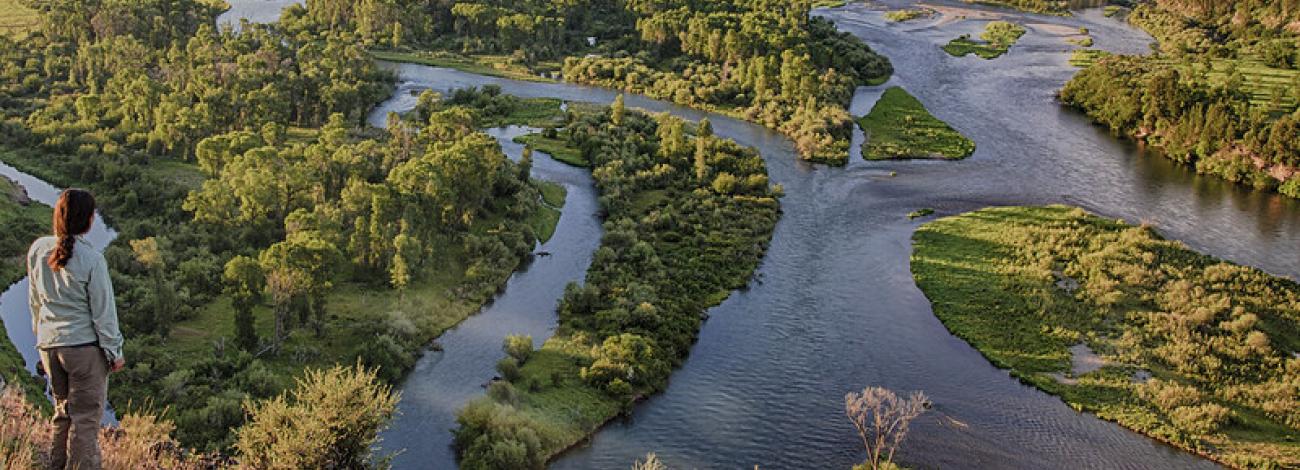
Visual Resource Management
From wide-open deserts to lush forests and rugged coastlines, the BLM manages some of the most scenic places in the country. These lands are more than just beautiful—they support health and well-being, tourism economies, cultural identity, and community connection through shared experiences. People value these lands as places to relax, explore, and create lasting memories.
To balance different land uses, BLM’s Visual Resource Management (VRM) program helps protect the natural beauty of public lands for both today and the future. This responsibility is guided by the Federal Land Policy and Management Act of 1976 and the National Environmental Policy Act of 1969.
The VRM program does this by:
- Identifying and inventorying scenic values
- Planning how these scenic values will be managed in the future
- Reducing visual impacts from new projects through careful planning and design
Field Tools and Resources
- Best Management Practices for Reducing Visual Impacts of Renewable Energy Facilities on BLM-Administered Lands
- BLM Standard Environmental Color Tool
- Technical Note 446: The Use of Color for Camouflage Concealment of Facilities (April 2015)
- Guidelines for a Quality Built Environment
- Night Sky and Dark Environments: Best Management Practices for Artificial Light at Night on BLM-Managed Lands
- The Gold Book - 4th edition
